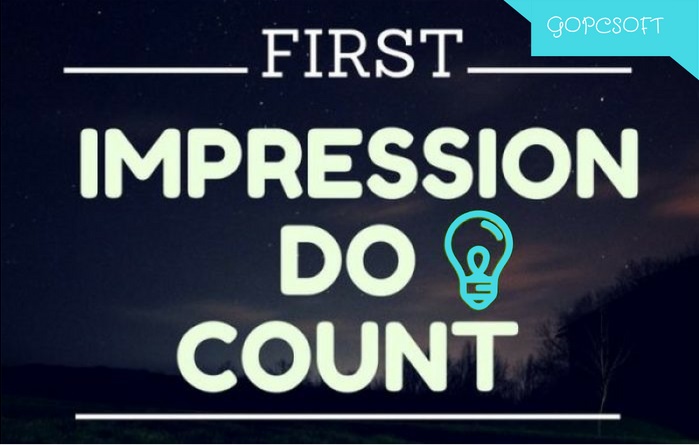A Starter’s Guide – Breaking Down The Content Intelligence Concept
Content intelligence may be an annoying and frustrating concept for a beginner because so many online articles offer vague, confusing and inconsistent definitions of what it means and how content intelligence is used. It is almost as if online article writers are not sure what content intelligence is, so they take broad swipes at a definition and subsequent explanation, which often leaves a beginner confused and annoyed. In this article, you are given a clear definition of what content intelligence is, and you are given a framework and examples to show how it may work for you.
Where Should You Start with Content Intelligence Marketing?
Let us start with what content intelligence is made up of. It starts with data collection, and then moves on to analysis by software, and then analysis and evaluation by a human. At the end of the content intelligence process, the web master should have a series of usable and useful insights to help improve his or her online marketing in the future.
Collecting and Using Consumer Information
The concept of content intelligence starts with collecting information from your consumers, viewers, audience and fans. Content intelligence includes three parts. Those three parts include the collection of information, then analyzing that information with technology, and finally analyzing that information as a suitably trained human observer.
 Collecting information is mostly automated these days. You can find out basic information about your website visitors such as the number of visitors, how long they stayed, if they bounced, and so forth. You might also collect deeper information such as what other websites your consumers have looked at, what time he or she visits, what he or she did before getting to your website.
Collecting information is mostly automated these days. You can find out basic information about your website visitors such as the number of visitors, how long they stayed, if they bounced, and so forth. You might also collect deeper information such as what other websites your consumers have looked at, what time he or she visits, what he or she did before getting to your website.
The more information you collect, then the more difficult it becomes to analyze the data, to evaluate what you have seen and conclude definitively. Content intelligence is a process that uses software analysis and human analysis to generate user-friendly insights and reports.
Semantic Technologies Mixed with Human Intelligence
The next step it to allow your software to create visualizations and insights about your data. Your semantic technologies can model, interpret, analyze, visualize and describe your content.
Mixing Your Knowledge
The third step in the content intelligence process is the addition of your opinion. Under normal circumstances, a web master or web marketer takes a look at the analysis done by his or her semantic technologies and analytic programs. After reading what his or her software results, the web master/marketer decides upon a course of action.
With content intelligence, there is an extra step. Before decisions are made, the content marketer/web master interprets the data, analyzes the results the software gave and draws conclusions of his or her own.
Re-Inserting the Human Element into Data Analysis

Trusting the analysis and visualizations of your software alone is a little dangerous, especially when you consider how your software may misinterpret your raw data. For example, your software may indicate that one of your landing pages has a high bounce rate because it has poor SEO and is improperly set up, but you may examine the page and discover that the page has a high bounce rate because your images challenge users to click an external link or to leave.
Re-defining Content Intelligence
Now that you understand the core concepts of content intelligence, let us have another try at defining it. Content intelligence is a process that uses different software and systems to transform content data into actionable insights with the addition of human input.
Use Content Intelligence by Breaking the Process Down
Since you are a beginner, you shouldn’t hit the content intelligence process all at one time. In this example, we scale back the content intelligence process dramatically so that you can see its fundamental framework in action.
Larry has a landing page (on essay editing) and he collects analytic information on it. He feeds the analytic information into his various expensive semantic technologies and analysis software.
Larry’s Raw Data Analysis Results
Larry could have worked through his raw data himself and done his own analysis, but it is easier if a computer program does it. The software analyzes Larry’s landing page’s raw data and provides these insights.
- Most people either leave or click an internal link after seeing only the top third of the page.
- 46% of visitors leave the landing page, 33% click an internal link on the top third of the page, and 21% get to the bottom of the landing where they click an internal link.
The software advises that Larry reduces the bounce rate on his website. It also advises that you alter your landing page so that more people get to the bottom of the page.
Larry now Makes His Own Considerations
Under normal circumstances, Larry would follow the insight and advice, but this time he is doing things differently. Larry knows that his website is aimed mostly at people on their mobile phones, and many mobile users only see the top third of the page when they load up a website.
In addition, Larry doesn’t mind that most people click the internal link before seeing the rest of the homepage because that is why he put it there. The link from the top half of his landing page is part of his sales funnel.
Finally, Larry’s landing page is rather exclusive, which is why many people leave the website almost as quickly as they arrive. Larry purposefully scares people away from his landing page so that the only people who stick around are ones that are highly likely to buy from him.
The Action Larry Took
Now the content intelligence process is over, Larry decided not to change his landing page. Most people would have changed their landing page after seeing the results the analytic and evaluative software gave, but Larry examined the results independently and applied it to what he knows about his own website–and he saw that the analytic and software results where a symptom of Larry’s intended landing page purpose.
Wasn’t that Example a Little Oversimplified?
The Larry example is a small and broken down example that shows a snippet of the content intelligence concept at work. Hopefully, as a beginner, you now understand a little more about what content intelligence is and how it may be applied to your website or content marketing efforts.
Should you Bother Learning more about Content Intelligence?
A Forbes survey of 306 executives from companies that have capital assets of over $20 million found that 86% of the companies have been carrying out some form of content intelligence marketing initiatives within the last two years. In addition, many uses integrated analytics to save time and money. It may be worth investing a little time and effort into learning more about content intelligence.






Comment here